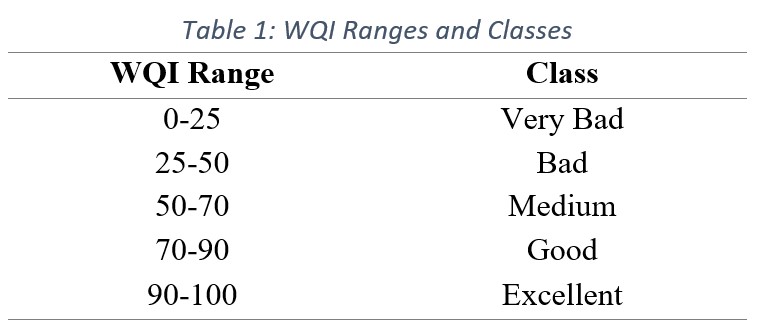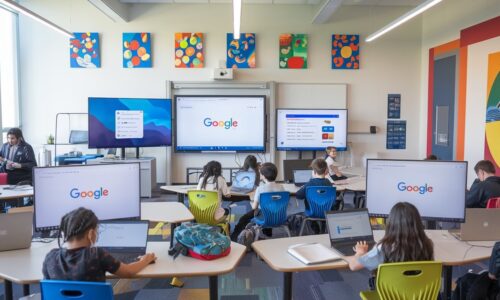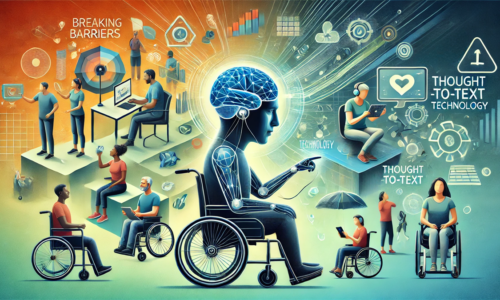Water is important for human sustenance and progress, yet the world is facing widespread water scarcity and deteriorating water quality caused by escalating pollution and population growth. The overall quality of water has been adversely affected by changing atmospheric conditions and human actions. In Pakistan, a large portion of the population lacks access to clean drinking water, and the functional water treatment plants are limited. Moreover, there is a scarcity of water quality assessment systems in the country. Hence, there is an urgent need for a practical, cost-effective, and reliable solution to tackle the issue of declining water quality.
The emergence of advanced technologies like the Internet of Things (IoT) has enabled real-time measurement and reporting of water quality. However, this approach only provides point data, which is insufficient to represent the entire water body unless numerous points are sampled over an extended period. Gathering data from multiple locations within a water body becomes impractical, particularly if these data sites are difficult to access due to complex terrain or resource limitations.
To address this problem, we have developed AquaDrone, an innovative remotely controlled surface vehicle designed to travel over the water bodies and take measurements of water quality parameters like pH, dissolved oxygen, electrical conductivity, and temperature. AquaDrone effectively transmits the acquired data to a web portal through wireless communication. The web portal provides comprehensive data visualizations, including data tables, trendlines, and a color-coded heat map, facilitating intuitive and accessible visualization of water quality. The heat map is generated utilizing a deep learning algorithm, which efficiently classifies water quality.
The Aqua Drone’s design prioritizes minimizing drag and resistance, resulting in improved speed and maneuverability. The streamlined shape is instrumental in reducing turbulence and water resistance (see Figure 1). The AquaDrone is outfitted with four water quality sensors, namely pH, temperature, electrical conductivity, and dissolved oxygen sensors. These four sensors, in addition to the GPS sensor, are connected to a microcontroller that facilitates data transmission to an onsite receiver via wireless communication. Subsequently, the collected data is transmitted to a web portal through Wi-Fi connectivity.
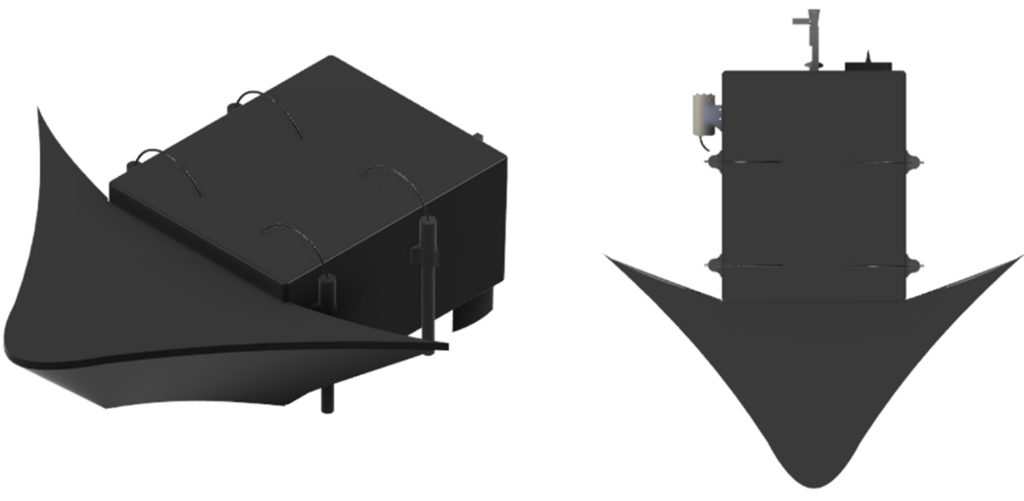
To enable intelligent classification of water quality based on the four water quality parameters, a neural network has undergone extensive training using a vast dataset, resulting in high performance. First, the dataset is normalized to a range from 0 to 100. The weight for each parameter is calculated which further is used along with the normalized value to calculate the water quality index. The WQI results in the index ranging from 0-100. The WQI is further divided into five classes as shown in Table 1:
After labeling the dataset, the visualization shows that there is a class imbalance in the dataset, as shown in Figure 2, which may affect the performance of the deep learning model. To overcome the problem of class imbalance, various oversampling techniques, such as SMOTE, and SMOTE+ENN are used and compared.
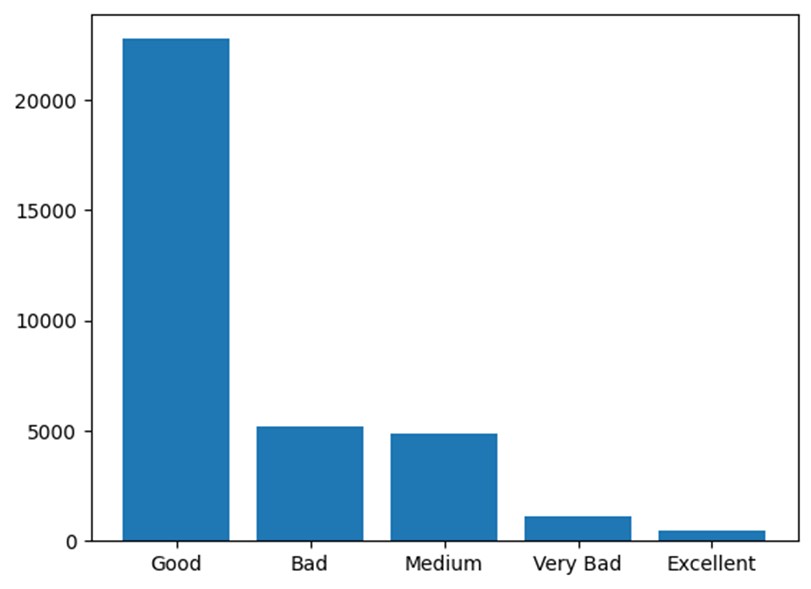
The model has been trained both on the resampled data and the original dataset and performed best on the oversampled dataset showing an accuracy of 93%.
A user-friendly web portal has been created, which interacts with the AquaDrone real-time database and presents the data in various ways, including a data table (Figure 3), trend lines, and a heat map. The heat map utilizes different colors to represent distinct classes, such as Very Bad, Bad, Good, Medium, and Excellent, as shown in Figure 4. This data is then utilized as input for a trained deep-learning model, which generates the corresponding class as output. Each class is associated with a specific color on the heat map, making it simple to visualize and interpret the water quality levels.


Aqua Drone is an economical and advanced water quality monitoring system that leverages cutting-edge technology. It effectively resolves the challenge of accessing remote or inaccessible data sites, which was a significant limitation in earlier solutions. Aqua Drone can comprehensively assess the entire water body’s quality. Moreover, the system aids in identifying polluted areas through robust data analysis and visualization capabilities. The AquaDrone has undergone testing in both the NUST Swimming Pool (Figure 5) and the Gulberg Mini Dam (Figure 6) to assess its viability and effectiveness. The Aqua Drone can be used to monitor the water quality of small to medium-sized water bodies, including water tanks, lakes, swimming pools, and wells.


Water testing conducted at NUST swimming pool using Aqua Drone can be seen in the below given video:
Video 1: Water Quality Testing at NUST Swimming Pool
This project is the winner of the 20th edition of COMPEC 2023 in the category of IoT and Digital Systems.

In addition, it has secured second position in SEECS open house held on 24th May 2023.

The author is Professor and HoD Software Engineering and Director of NUST Coventry Internet of Things Lab (NCIL) at the School of Electrical Engineering and Computer Science (SEECS), National University of Sciences and Technology (NUST). She can be reached at rafia.mumtaz@seecs.edu.pk.

![]()



